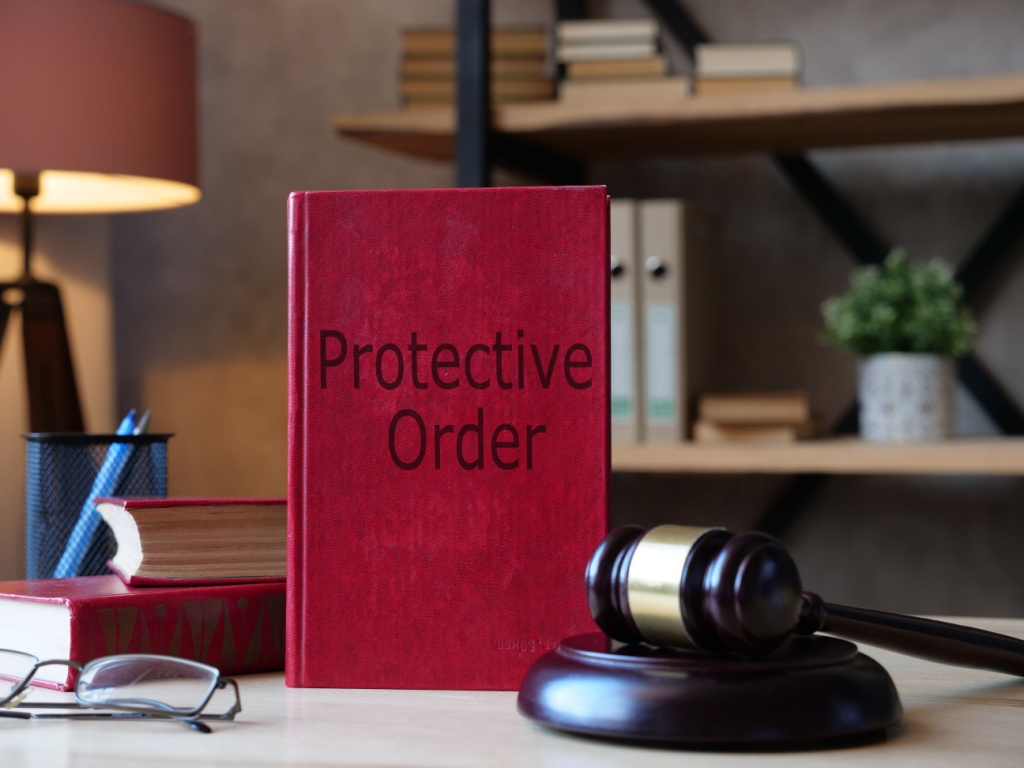A protective order in Maryland is a legal document that prohibits a person from approaching or contacting another individual or committing certain acts against them. While these orders are incredibly important, not everyone understands what they entail.

Why Do People Seek a Protective Order?
Individuals seeking a protective order (petitioners) are often victims of abuse, including:
- An action that results in physical harm to the petitioner
- An act that puts the petitioner in fear of severe bodily harm
- Rape or sexual assault, or attempted sexual assault or rape
- Harassment or stalking
- Any assault
- False imprisonment
Can You Obtain a Protective Order?
To file a protective order in Maryland, an individual must have a certain type of relationship with the other individual. For instance:
- You and the other individual are divorced, married, or currently separated
- You and the other individual are related by blood, marriage, or adoption (including stepparents and stepchildren, depending on how long they have resided with you)
- You and the other individual have lived together in a sexual relationship for at least 90 days in the past year
- You and the other individual are the parents of a child together
- You and the other individual had a sexual relationship with each other in the past year
- You were sexually assaulted or raped by the other person in the past six months (including attempts)
- You are a vulnerable adult
Type of Protective Orders in Maryland
An Interim Protective Order
In Maryland, interim protective orders are accessible in cases of immediate danger of harm or abuse, and they are typically effective for a short period of time (up to 48 hours). They are granted by a commissioner (not a judge). And within 48 hours of issuance, a temporary protective hearing must be held before a judge to decide if the protective order should continue.
A Temporary Protective Order
Temporary protective orders are issued when there are reasonable grounds to believe that an act of abuse (see above) has occurred. Although the rights granted to the person being protected are similar to those of an interim protective order, one of the main differences is that a temporary protective order can grant temporary custody of minor children (since it is a judge, not a commissioner, making the decision).
A Final Protective Order
At the final protective order stage, the court determines whether there was an act of abuse and decides on the appropriate length of the protective order. The standard for a final protective order is higher; it must be more likely than not (preponderance of the evidence) that an act of abuse took place. If the court finds a basis for a protective order, or if the other party consents to the entry of a protective order without a judicial finding of abuse, the court will set the conditions of the protective order. Typically, a final protective order lasts between a 6 to 12 months. And there are situations where a final protective order can be extended. The final protective order may include provisions indicating that the respondent cannot contact or approach the petitioner, prohibit the respondent from possessing or owning a firearm, require the respondent to not go to certain places that the petitioner frequents (i.e., work, school, home), award use and possession of a home to petitioner, award family property (including pets) to petitioner, award custody of minor children to petitioner, and/or award emergency family maintenance to petitioner paid by respondent.
The Process of Obtaining a Protective Order
To obtain a protective order in Maryland, the person seeking protection (petitioner) must file a petition with the court and provide information about themselves and the individual against whom the order is being requested (respondent). The petition will also need to offer details about the abuse or harassment that has occurred, including any threats, physical harm, or other forms of intimidation. A petition can be filed for your own protective, or if you have minor children you can file on behalf of the child for their protection.
After the petition is filed, the court will have a hearing to determine if a protective order is necessary. During the final hearing, both sides will present evidence and testify. Typically, only one side is present for an interim and temporary protective order hearing. If only one side is there, it is called an ex parte hearing.
Contact Rice Law Today To Learn More About Protective Orders
For further information about protective orders or how to obtain one, contact Rice Law today and speak with our experienced legal team.
Blogs published by Rice Law are available for informational purposes only and are not considered legal advice on any subject matter. The reader understands that by viewing blog posts no attorney-client relationship is created between the reader and the blog publisher, Rice Law. The blog should not be used as a substitute for legal advice from a licensed professional attorney, and readers are urged to consult their own legal counsel on any specific legal questions concerning a specific situation.

